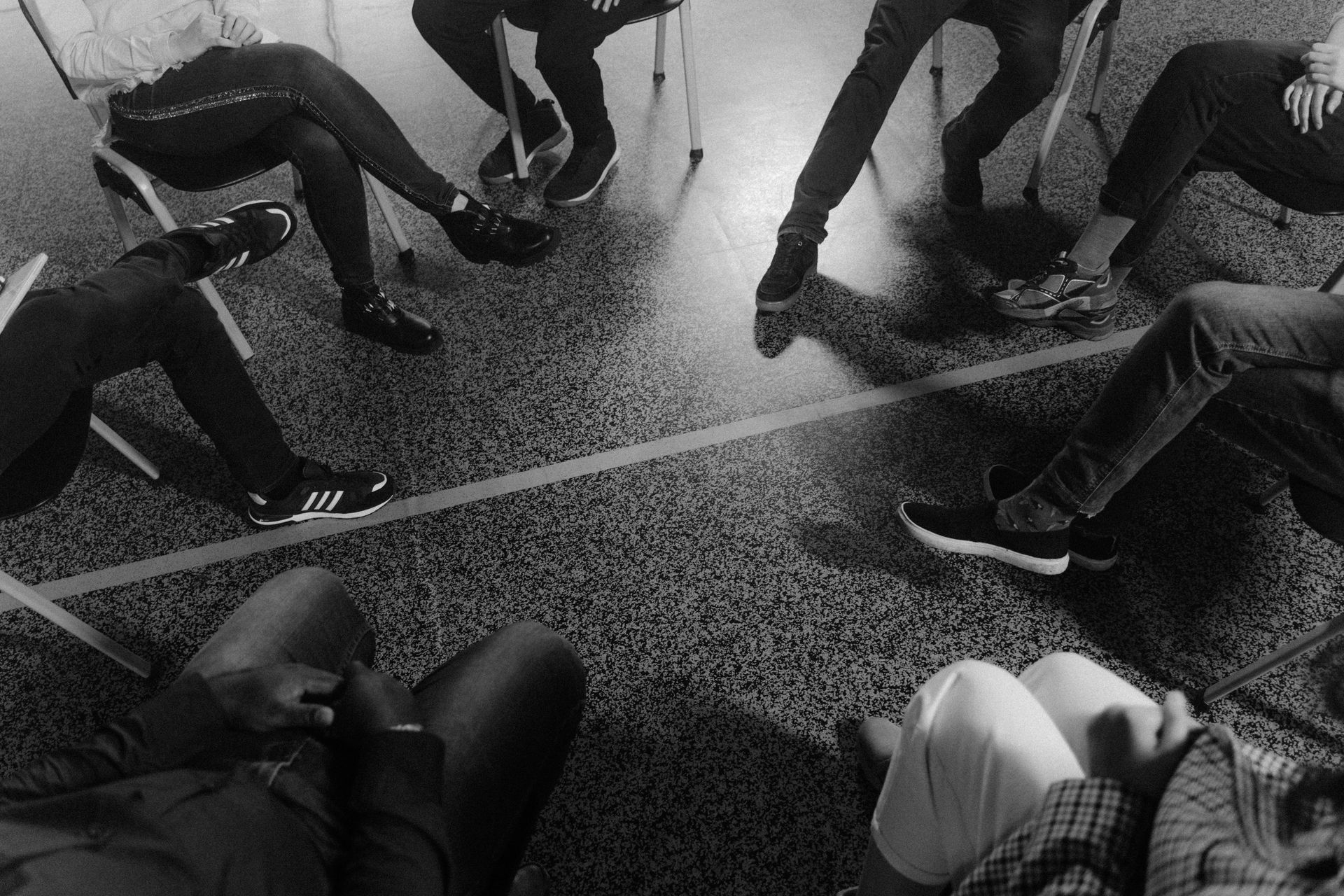Triggers
FDH Team • April 18, 2021
Quick Facts About Triggers
What is a Trigger?
One important part of recovery is to identify your triggers. A trigger is a cue or experience that gives rise to a craving or urge to use a substance.
Triggers may be internal or external. Internal triggers could be feelings, thoughts, or memories. External triggers could be places, people, or events. Here are some examples:
Internal Triggers
1. Feelings (example: Sadness) – Feeling sad is a common trigger for those struggling with substance abuse because substances provide quick and predictable relief from uncomfortable emotions.
2. Thoughts (example: Catastrophizing) – Certain thoughts and thought patterns can be triggering. Catastrophizing is a distorted way of thinking in which an individual dwells only on worst case scenarios. In this example, substance use could be an appealing option to calm down the mind.
3. Memories (example: ex-partner) – An individual may feel triggered upon recalling memories of a previous relationship that they grieve over.
External Triggers
1. Places (example: bar) – Walking by the bar an individual used to frequent is triggering because it surfaces memories of a variety of drinking experiences the individual had there.
2. People (example: drinking buddy) – Speaking with a “friend” with whom an individual used to drink can bring back unpleasant and conflicting memories.
3. Events (example: work party) – Work social events can be triggering because they involve alcohol consumption and pressure to drink.
External triggers can cause internal triggers. For example, when an individual walks by their old bar (external trigger) they may feel jealous (internal trigger) of people inside who are drinking.
This post captures a small fraction of what your triggers could look like. Not only can FDH help you identify your triggers, but we can also assess your home environment for anything that may have a negative impact on your recovery. In future posts, we will discuss evidenced-based techniques to cope with triggers.
Call us today for your free consultation: 773-747-5500.



